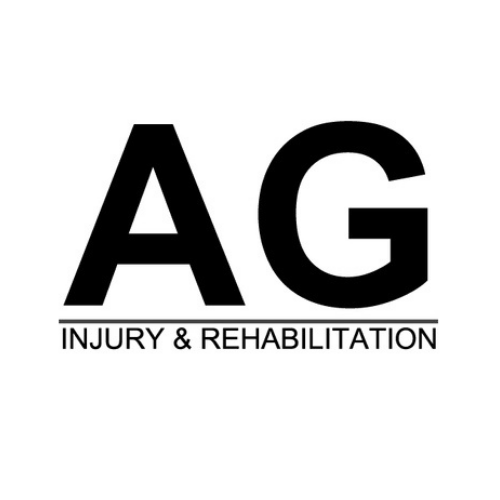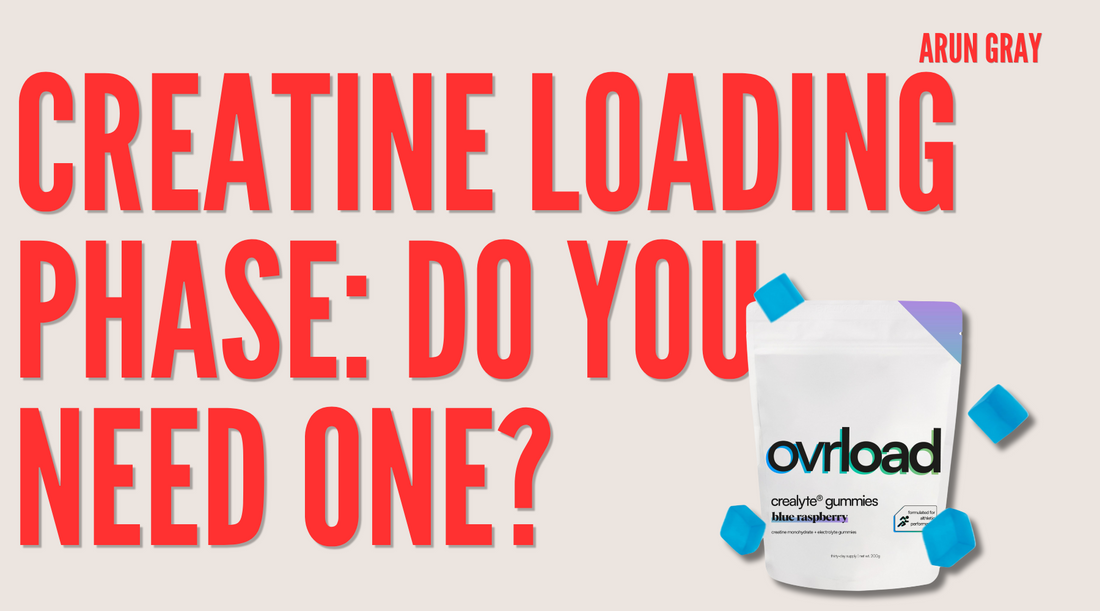Ever wondered why some gym-goers seem to pack on muscle and strength faster than others? The secret might lie in a strategy called creatine loading - a method that promises to supercharge your muscle cells in just one week. While creatine itself is backed by decades of research as a performance enhancer, the loading phase remains a topic of heated debate in fitness circles.
Whether you're an athlete looking to gain a competitive edge or someone just starting their fitness journey, understanding creatine loading could be the key to optimizing your supplementation strategy. The choice between quick results and steady progress has left many wondering if the loading phase is worth the extra effort and expense.
Introduction to Creatine and Its Benefits
Creatine is a natural compound found in muscle cells that plays a key role in producing energy during exercise. As a supplement, creatine monohydrate stands out as the most studied and widely used form among athletes and fitness enthusiasts.
Research shows that taking creatine supplements leads to clear results - increased muscle mass, better strength gains, and improved athletic performance. The body creates this compound naturally, but supplementation can raise muscle creatine levels well above baseline, making it a go-to choice for those looking to step up their training results.
What is a Creatine Loading Phase?
The creatine loading phase is a supplementation method where you take higher amounts of creatine - typically 20-25 grams daily - for 5-7 days straight. Users split this amount into 4-5 smaller doses throughout the day for better absorption.
This approach became standard practice after scientists found it quickly fills muscle creatine stores. The loading phase gets creatine levels up faster than taking regular doses, making it popular among athletes who want quick results. Sports nutritionists designed this method to speed up the process of reaching optimal creatine levels in muscle tissue.
The Science Behind Creatine Loading
When you start a creatine loading phase, your muscles begin storing more of this compound than usual. Studies show muscle creatine stores increase by 10-40% during the loading period. This means your muscles hold onto significantly more creatine than they would through normal dietary intake alone.
The loading method fills muscle creatine stores in just 5-7 days, while taking standard doses (3-5g daily) takes about 28 days to reach the same levels. Research points to a rapid spike in muscle creatine concentration during the first week of loading, with measurements showing higher intramuscular levels than those achieved through gradual supplementation.
Benefits of a Creatine Loading Phase
Taking higher doses of creatine during the loading phase fills muscle stores much faster than standard dosing. Athletes often notice changes within the first week, compared to waiting a month with regular doses. The quicker saturation means users can start seeing training improvements sooner.
Many gym-goers report feeling stronger and more capable during workouts after completing their loading phase. While individual results vary, the faster buildup of creatine in muscle tissue often leads to better performance in resistance training. Studies back this up, showing enhanced power output and strength gains during the initial loading period.
Arguments Against the Necessity of Loading
Studies indicate that taking 3-5g of creatine daily reaches the same saturation levels as loading - it just takes longer. The main difference lies in timing: regular dosing achieves full muscle saturation in about a month, while loading gets there in a week.
Some fitness experts point out that loading uses more product without offering extra long-term benefits. This makes the standard dosing method more budget-friendly, especially since you'll end up with similar strength and muscle gains after 30 days.
The standard approach also tends to cause fewer side effects like bloating or stomach discomfort, making it a more comfortable choice for many users.
Loading vs. Non-Loading Protocols
The main difference between loading and non-loading comes down to time. Loading fills muscle creatine stores in 5-7 days, while standard dosing takes 28-42 days to reach full saturation. Both methods lead to the same end result - maximum muscle creatine levels.
Taking 3-5g daily causes fewer stomach issues than the loading method's higher doses. However, athletes wanting quick results often choose loading despite potential short-term bloating. The choice often depends on personal goals: competitive athletes might prefer loading for faster gains, while casual gym-goers might stick to regular dosing for comfort and convenience.
Expert Opinions on Creatine Loading
Sports scientists hold varied views on the value of creatine loading. Many experts note that while loading works faster, it's not required for good results. The International Society of Sports Nutrition states loading is the quickest way to increase muscle creatine levels, but they acknowledge regular dosing works just as well long-term.
Leading researchers point out that personal factors matter most when choosing a protocol. Some professionals recommend loading for athletes who need quick performance gains, while others suggest steady dosing for casual gym-goers. The split among experts reflects the fact that both methods produce similar results - they just work on different timelines.
Research Findings on Creatine Loading Effectiveness
Scientific studies highlight the rapid changes in muscle creatine content during loading protocols. Tests show loading raises muscle creatine levels by 10-40% within the first week, creating measurable improvements in strength and power output.
Recent data from surges and creatine supplementation confirms both loading and non-loading methods reach similar endpoints. The key difference lies in timing - loading achieves peak saturation in 5-7 days versus 28 days for standard dosing. Clinical measurements indicate identical muscle creatine concentrations after one month, regardless of initial protocol choice.
Multiple controlled trials back these findings, showing no significant long-term advantages of loading over steady supplementation. The results point to personal preference as the main factor in choosing between protocols, since both paths lead to the same destination.
Potential Side Effects of Creatine Loading
Taking high doses of creatine during the loading phase can cause temporary stomach issues in some users. Common reactions include bloating, nausea, and diarrhea - especially when taking multiple doses throughout the day.
Water retention is another typical effect during the first loading week, leading to quick weight gains of 2-4 pounds. This extra water helps saturate muscles but may cause temporary puffiness.
The good news? These effects usually fade after the loading phase ends. Studies show creatine remains safe for long-term use, with no harmful effects on kidney or liver function when taken as directed.
Factors to Consider When Deciding on a Loading Phase
Your current training status plays a big role in choosing between loading and standard dosing. Athletes with years of training might benefit more from quick saturation, while beginners can take a steadier approach.
Time requirements matter too. Creatine loading requires timing and meal planning across 5-7 days. If your schedule makes it hard to take multiple doses daily, standard supplementation might work better.
Budget considerations come into play since loading uses more product upfront. A month's supply might last only a week during loading. However, if competition dates are coming up, the faster results could justify the extra cost.
Your stomach sensitivity should guide your choice. If you often experience digestive issues with supplements, starting with a lower dose might prevent discomfort. Those who handle supplements well typically manage loading phases without problems.
Alternative Creatine Supplementation Strategies
Taking 3-5g of creatine daily offers a straightforward approach without loading. This method fits easily into most routines and reduces the chance of stomach issues. While it takes longer to reach peak levels, many users prefer this simple strategy.
Different forms of creatine, like Creatine HCl, might not need loading at all. These newer versions claim better absorption rates at lower doses, though research still backs creatine monohydrate as the proven standard.
Food sources like red meat and fish contain small amounts of creatine, but you'd need to eat unrealistic quantities to match supplement levels. A 1-pound steak provides roughly 2g of creatine - far less than what's needed for muscle saturation.
Recommendations Based on Fitness Goals
The International Society of Sports Nutrition supports creatine loading for strength athletes and bodybuilders, as quick muscle saturation supports intense resistance training. The faster results align well with powerlifting and bodybuilding competition prep schedules.
Endurance athletes might do better with standard dosing to avoid rapid weight gain from water retention. Distance runners and cyclists typically want steady performance improvements without the initial water weight spike that loading causes.
Recreational gym-goers can pick either method based on their schedule and comfort level. Those working out 2-3 times weekly get similar benefits from standard dosing, while those on intense programs might prefer loading for quicker strength gains.
Implementing a Creatine Loading Phase
Starting a creatine loading phase requires careful planning and attention to detail. Take 20-25 grams of creatine daily, split into 4-5 servings of 5 grams each. Space these doses throughout the day, taking them with meals or post-workout for better absorption.
Mix each serving with water or juice, and drink plenty of fluids throughout the day. Taking creatine with carb-rich meals helps your muscles store more of the supplement. Many users find breakfast, lunch, post-workout, and dinner times work well for dosing.
Watch for signs of stomach discomfort and adjust timing if needed. If you experience bloating, try spreading doses further apart or taking them with more water.
Post-Loading Maintenance Dosage
After finishing the loading phase, switch to a daily maintenance dose of 3-5 grams of creatine monohydrate. This smaller amount keeps muscle creatine levels high without requiring multiple doses throughout the day.
The maintenance phase can continue as long as you want to keep the benefits of creatine supplementation. Taking your daily dose at the same time each day, like after workouts or with breakfast, helps build a consistent routine.
Regular intake maintains the elevated creatine stores in your muscles that you built during loading. Missing an occasional dose won't significantly impact your levels, but staying consistent produces the best training results.
Long-Term Effects of Supplementation with and without Loading
Research shows both loading and standard dosing lead to similar results after one month of use. Muscle creatine levels stay high with either method as long as users take their daily maintenance dose of 3-5g. The main difference remains in how quickly these levels build up at the start.
Studies tracking creatine users for multiple years report no negative health impacts from either method. Blood work and kidney function tests stay normal whether people start with loading or standard doses. Athletes maintain their strength and muscle mass gains equally well with both approaches, proving the choice of starting method doesn't affect long-term benefits.
Making the Right Choice for Your Fitness Journey
The decision to implement a creatine loading phase ultimately comes down to your personal goals, schedule, and tolerance for potential side effects. While loading offers a fast track to saturated muscle creatine stores, the standard approach of taking 3-5g daily provides the same long-term benefits with fewer potential inconveniences.
Remember that consistency matters more than speed when it comes to supplement strategies. Whether you choose to load or not, the key to success lies in maintaining your daily creatine intake and pairing it with proper training and nutrition. Both paths lead to the same destination – it's just a matter of choosing the journey that best fits your lifestyle.


